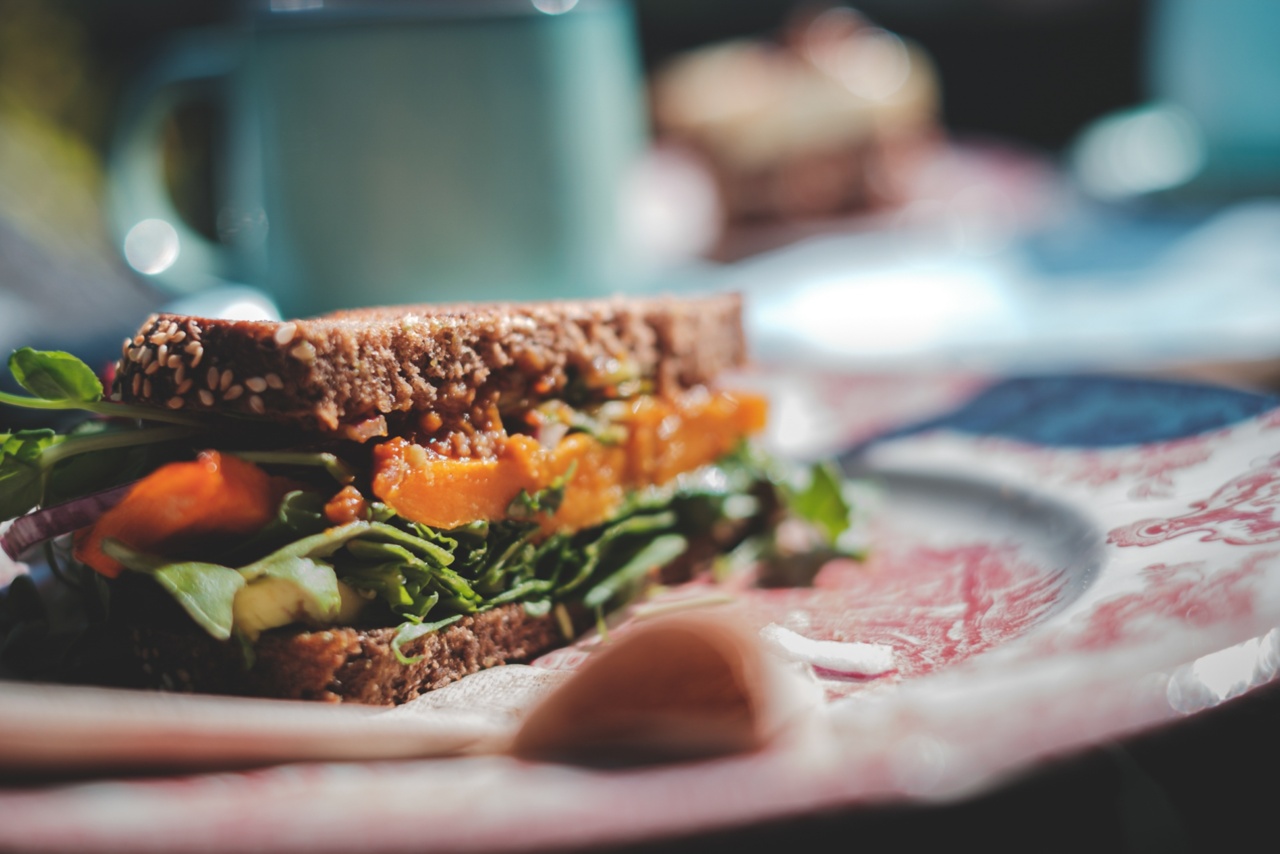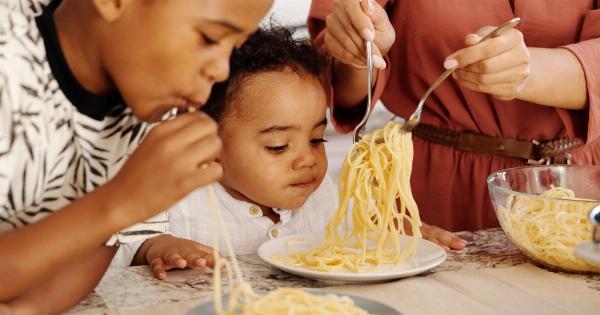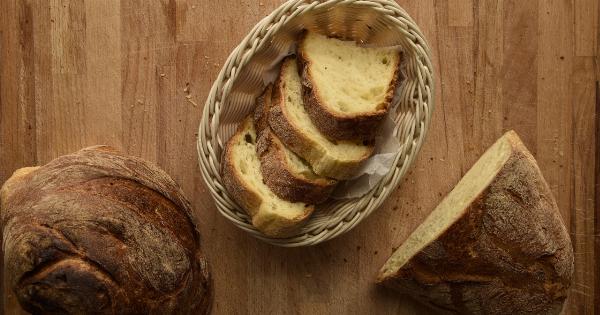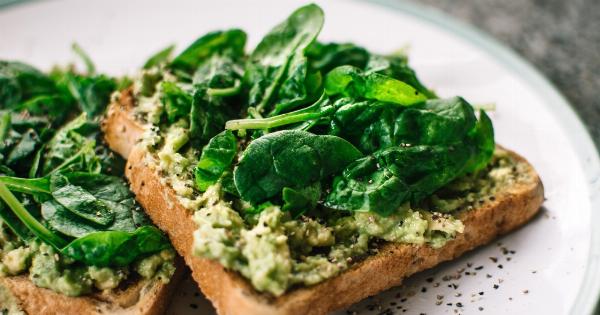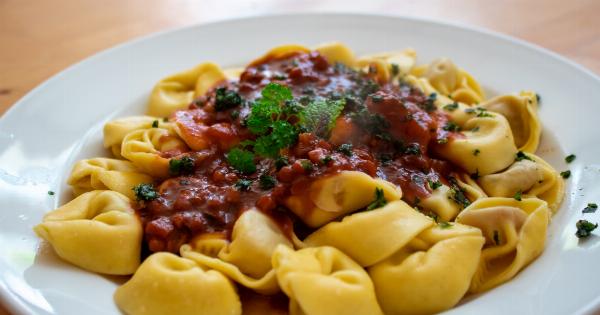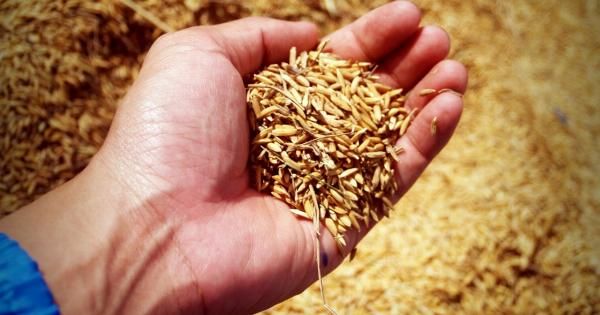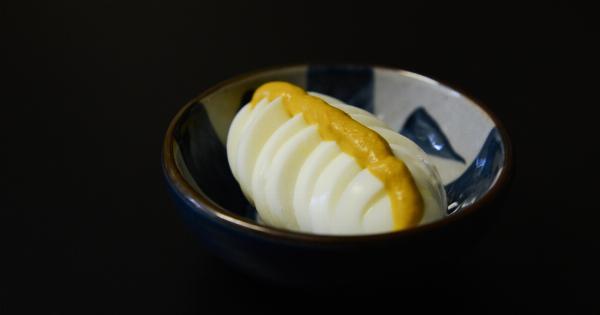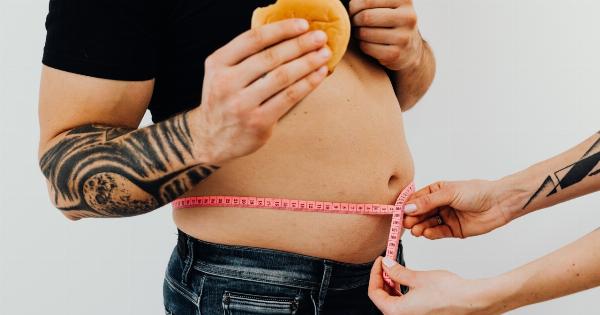When it comes to dieting, people often wonder what they can and cannot eat. Bread is one of the most commonly consumed foods in the world, but it is also one that many people worry about when they are dieting.
In this article, we will answer the question, “How much bread can you eat while dieting?”.
What Is Bread?
Bread is a staple food that is made from flour, water, and yeast. It is a type of carbohydrate that is typically consumed as a source of energy. There are many different types of bread, including white bread, wheat bread, and whole grain bread.
What Are the Nutritional Benefits of Bread?
Bread is a good source of carbohydrates, which provide the body with energy. It is also a good source of fiber, which helps promote digestion and bowel movements.
Some types of bread also contain vitamins and minerals such as iron, zinc, and B-complex vitamins.
How Many Calories Are in Bread?
The number of calories in bread can vary depending on the type and the size of the slice. On average, a slice of white bread contains 80-100 calories, while a slice of whole wheat bread contains 70-90 calories.
It is important to pay attention to portion sizes when consuming bread, as it is easy to overeat and consume too many calories.
Can You Eat Bread While Dieting?
Yes, you can eat bread while dieting. However, it is important to choose the right type of bread and to consume it in moderation. Whole grain bread is a good option, as it is a good source of fiber and contains fewer calories than white bread.
It is also important to pay attention to portion sizes and to limit consumption of high-calorie toppings such as butter or jam.
How Much Bread Can You Eat While Dieting?
The amount of bread that you can eat while dieting can vary depending on your individual dietary needs and goals.
As a general rule, it is recommended that adults consume 6-8 servings of grains per day, with at least half of those servings coming from whole grain sources. A serving of bread is typically considered to be one slice, so if you are consuming 6-8 servings of grains per day, you can consume 6-8 slices of bread per day.
However, it is important to remember that bread is not the only source of grains, and that you should also be consuming other grain sources such as rice, pasta, and quinoa.
How Can You Make Bread Work for Your Diet?
If you enjoy bread but are worried about consuming too many calories, there are some ways that you can make bread work for your diet. One option is to choose whole grain bread, which is lower in calories and higher in fiber than white bread.
Another option is to watch your portion sizes and to limit consumption of high-calorie toppings such as butter or jam. You can also use bread as a vehicle for other healthy foods, such as a sandwich filled with vegetables and lean protein. Finally, you can choose to bake your own bread using healthier ingredients and portion control.
Conclusion
In conclusion, bread can be a part of a healthy and balanced diet, as long as it is consumed in moderation and as part of a well-rounded meal plan.
Whole grain bread is a good option, as it is a good source of fiber and contains fewer calories than white bread. It is also important to pay attention to portion sizes and to limit consumption of high-calorie toppings such as butter or jam.
